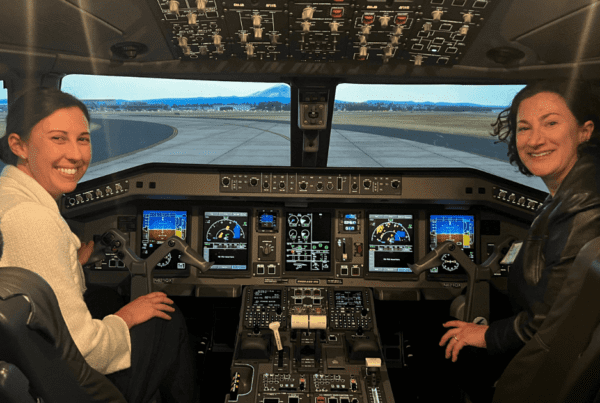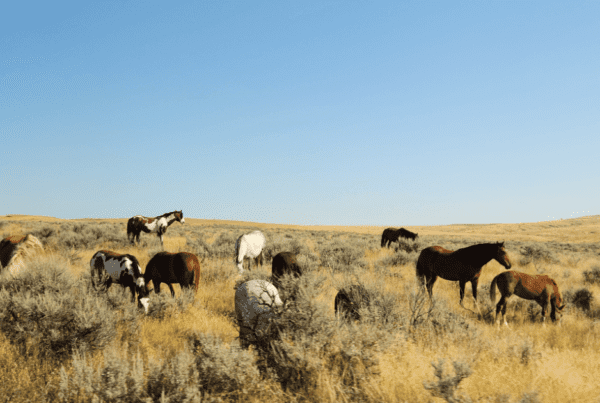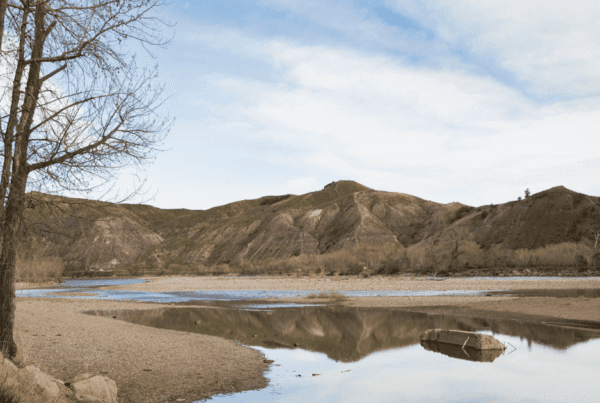Highlights | Anatomy is the language of medicine
- Whole-body donation is the act of gifting one’s remains to medical education or research.
- The Willed Body Program facilitates body donation for use at the UW School of Medicine anatomy labs and for research and training.
- The School of Medicine’s anatomy curriculum is a foundational part of medical education.
The UW Medicine Willed Body Program has been around almost as long as the UW School of Medicine, which was founded in 1946. The program was started in the 1950s to supply cadavers for anatomical teaching for medical and dental students.
“Anatomy is the language of doctors, and they need to be fluent in that language,” says Catrin Pittack, PhD, associate teaching professor for Anatomy and the director of the Willed Body Program at the UW School of Medicine.
Today, the program is still helping medical and dental students at UW Medicine and UW learn anatomy and has expanded to include biology undergraduates at UW and healthcare professionals who need cadavers to contribute to life-saving training and research.
Whole-body donation
The Willed Body Program accepts whole-body donation, where a person gifts their remains to medical school training or medical research. Most donors are preregistered, have filled out paperwork and discussed their decision with their families.
When a registered donor dies, a health screening is completed to make sure the body is eligible for donation. Eligibility rules and regulations are put in place to keep people safe when working with the cadavers.
If accepted into the program, a transport company brings the body to the morgue where there are licensed embalmers. The body is embalmed, a process where blood is replaced with embalming fluid to preserve the tissue.
The embalming process takes three months before the body is preserved enough to be worked with in an anatomy lab. After embalming, the body could be used for teaching or medical research for anywhere between two weeks and three years.
Once the donation period is over, the body is cremated and the cremains are either sent back to the family (if requested) or honored in a community burial ceremony.
“We have a service honoring the donors in a local chapel for family members. A few UW medical students talk, recite poems or play instruments, and it’s a really wonderful ceremony. We walk to the gravesite together and offer our respects for the donors,” says Pittack.
Life-saving learning
During the two weeks to the three-year period that the cadaver is donated, the body could be used for anatomy education, medical training, or research. At UW Medicine, most cadavers are allocated to the School of Medicine for teaching, but healthcare professionals and medical researchers also use cadavers to contribute to life-saving care for current and future patients.
For example, an orthopedic surgeon might need access to a cadaver to practice a new knee surgery technique, where the tissues need to be as realistic as possible. An otolaryngology resident might be learning how to do a cochlear implant, which would help patients with hearing loss. Researchers might use the brains of donors who had Alzheimer’s disease to study the pathology of the disease by using methods that are not possible in a living person, like taking slices of tissue to examine. Or they might be studying a specific type of cancer or a genetic disorder that increases a person’s risk of cancer.
For first- and second-year medical students, the first 18 months, called the foundations phase, is anatomy heavy. Students during this time are learning the foundational information to prepare for their first board exam, called Step 1.
“To teach anatomy, we use a combination of dissection, by students under advisement of an instructor, and prosection, dissection done by an instructor for teaching, and students are interacting with the donors in every course block,” says Pittack.
She notes that anatomy wasn’t always taught as an integrated aspect of each block.
“We used to teach an eight-week anatomy intensive course where the anatomy of the entire human body was taught; now, whatever anatomy system they are learning, they are also simultaneously learning about the histology, pathology, imaging, pharmacology and clinical skills related to that system,” says Pittack.
It’s about the same amount of anatomy lab time, just better integrated into the curriculum so students can make connections on how anatomy impacts other clinical and scientific skills. Human anatomy is complex, and the curriculum’s integrated approach to anatomical education provides medical students with an understanding that sets them up for success in their next steps.
“My favorite part of this curriculum is being able to see the students for more than one anatomical teaching session. We get to watch them grow and develop through the foundations phase,” she says.
Perspectives from the lab
Pittack, who works with donors regularly and has taught many students in anatomy labs throughout her career, says that some students are enthusiastic about starting anatomy lab. For others, it’s not their favorite.
“And that’s all OK,” she says. It’s the spirit of learning, building resilience and developing a deep respect for those in their care — donor or patient.
Medical students share their experience
“The Willed Body Program and Anatomy Lab have been essential to my education, as they allowed me to take what I was learning in a syllabus and see it in real life and talk over everything with experienced and enthusiastic anatomists, surgeons and clinicians. It was wonderful to learn about the human body from donors who graciously gave their bodies for our education. As a person who knows someone that donated their body to science and medicine after passing away, anatomy lab was a powerful and moving experience,” says Peyton Van Pevenage, MS2.
“My biggest takeaway is how amazing the human body is, although I think that goes without saying. Just getting to see how all of the different organ systems and tissues interact is really beautiful. I remember getting to hold a heart for the first time. We talk so much about the heart physically and metaphorically and getting to hold one is a moment I’ll think about a lot,” says Wesley Steeb, MS4. “When I went on to the clinical years of my training, I retained a lot more than I ever thought and I think that’s due to how we were taught.”
“As someone who is a visual, kinesthetic learner, having the opportunity to work with the donors enhanced my education. Furthermore, some of my fondest memories of the first two years of medical school are being in the anatomy lab with other classmates. I really loved the collaborative nature of the lab and enjoyed having a space to ask questions in real time,” says Katie Sexton, MS2.
“I will never forget my first time working with my donor. It was so surreal to get to study parts of their body that they likely never got to see in their own life. Having such a close and personal experience with human anatomy definitely changed me as an individual and encouraged me to think more about what it means to be a human being and how I can incorporate this perspective into caring for patients,” says Jordan Nichols, MS2.
A new place to learn
In the basement of the new Health Sciences Education Building, an ultramodern Anatomy Lab Suite with virtual anatomy capabilities is being built.
The current anatomy lab is one of the oldest labs in the country. It was built in the ’60s and hasn’t had much in the way of renovations since, says Pittack. From broken sinks, pumpkin-colored walls and a cramped lab space, the new lab will be a game-changer in making the most of educational opportunities.
“Each lab space is double and triple what we have now; there will be ample storage space, automatic hand-washing sinks, better ventilation, locker rooms with showers and changing rooms, gender-inclusive bathrooms, classrooms close by, and a huge amount of space to put monitors so we could do a lab demo from the classroom,” says Pittack.
She anticipates moving into the space in the summer of 2022 and expects full functionality of the lab in the fall.
Built into the plans for the new lab are donor memorial spaces. Before students enter the new anatomy suite, they step into a learner landing that will host a memorial with writing, pictures and artwork designed by students to honor the donors. Outside the building there is also a dedicated area for sitting, memorializing and reflecting.
The design plans highlight the essential relationship between donors, medical students and patient care.
“Families of donors who want to see the space will be able to see the memorial outside and the learner landing,” says Pittack. “The architecture and landscaping incorporate the Willed Body Program and the student learning experience that respects and appreciates the donors.”
Photo credit: Anatomy Lab Suite, Health Sciences Education Building Suite by Miller Hull Partnership, Lease Crutcher Lewis, GGN, S/L/A/M Collaborative


